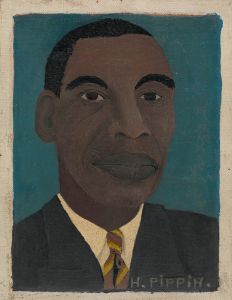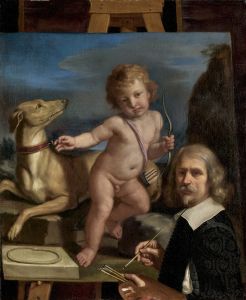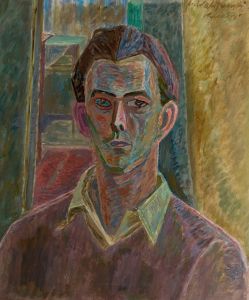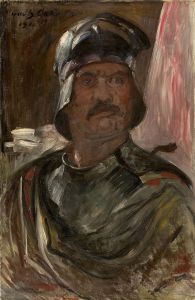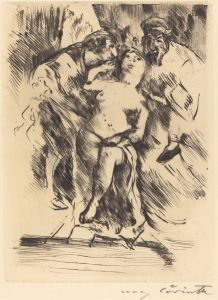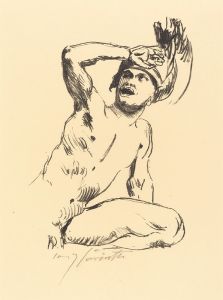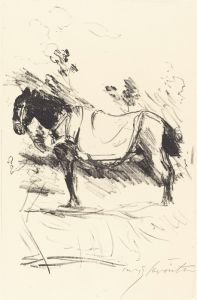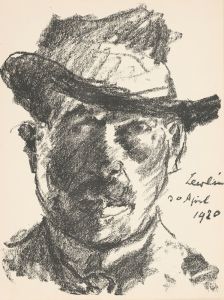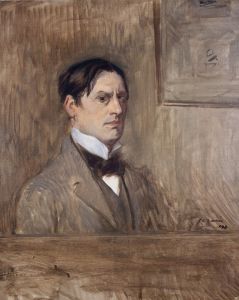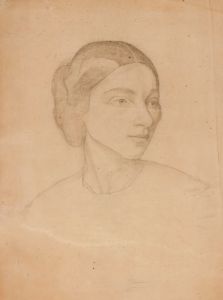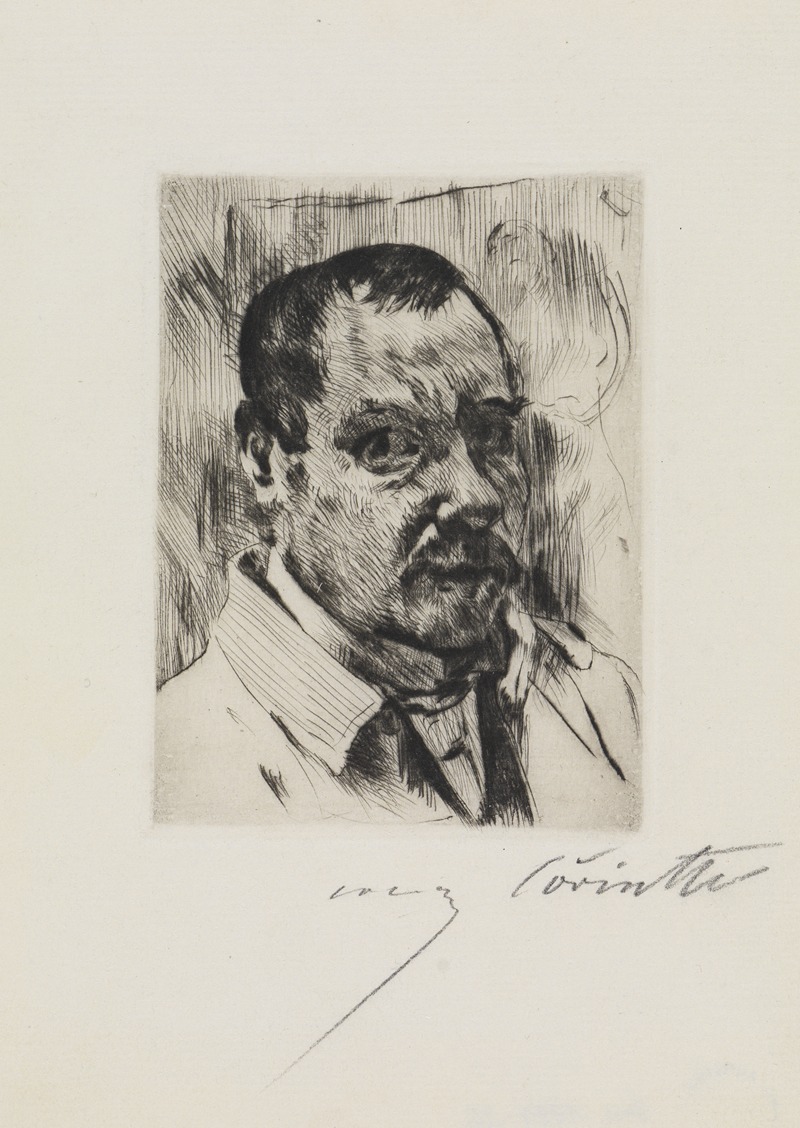
Selbstbildnis
A hand-painted replica of Lovis Corinth’s masterpiece Selbstbildnis, meticulously crafted by professional artists to capture the true essence of the original. Each piece is created with museum-quality canvas and rare mineral pigments, carefully painted by experienced artists with delicate brushstrokes and rich, layered colors to perfectly recreate the texture of the original artwork. Unlike machine-printed reproductions, this hand-painted version brings the painting to life, infused with the artist’s emotions and skill in every stroke. Whether for personal collection or home decoration, it instantly elevates the artistic atmosphere of any space.
Lovis Corinth was a German painter and printmaker whose work spans the transition from late Impressionism to Expressionism. One of his notable works is "Selbstbildnis," which translates to "Self-Portrait" in English. Corinth created numerous self-portraits throughout his career, each reflecting different periods of his life and artistic development.
"Selbstbildnis" by Lovis Corinth, painted in 1924, is one of his most famous self-portraits. This painting is particularly significant as it was created after Corinth suffered a stroke in 1911, which left him partially paralyzed on his left side. Despite this physical setback, Corinth continued to paint, and his style evolved to become more expressive and raw, often reflecting his inner turmoil and resilience.
In this self-portrait, Corinth presents himself with a direct and intense gaze, capturing his own likeness with a sense of immediacy and honesty. The brushwork is vigorous and dynamic, characteristic of his later style. The use of bold colors and strong contrasts highlights the emotional depth and complexity of the artist's state of mind during this period. The background is relatively simple, ensuring that the focus remains on the artist's face and expression.
Corinth's self-portraits are not just mere representations of his physical appearance; they are deeply introspective works that explore his identity, emotions, and the passage of time. "Selbstbildnis" from 1924 is a testament to his enduring spirit and commitment to his art, even in the face of personal adversity.
Lovis Corinth was born on July 21, 1858, in Tapiau, East Prussia (now Gvardeysk, Russia). He studied art in Königsberg, Munich, and Paris, where he was influenced by the works of the Old Masters as well as contemporary artists. Corinth was a founding member of the Berlin Secession, an art movement that sought to break away from the conservative academic standards of the time.
Throughout his career, Corinth's work encompassed a wide range of subjects, including portraits, landscapes, still lifes, and historical scenes. His early works were characterized by a more naturalistic approach, but after his stroke, his style became more expressive, with a greater emphasis on color and texture.
Corinth's contributions to art were recognized during his lifetime, and he held several teaching positions, influencing a new generation of artists. He passed away on July 17, 1925, in Zandvoort, Netherlands, but his legacy continues to be celebrated in the art world.
"Selbstbildnis" by Lovis Corinth remains an important work in the study of self-portraiture and Expressionism. It offers a poignant glimpse into the artist's personal struggles and triumphs, making it a powerful and enduring piece of art.





